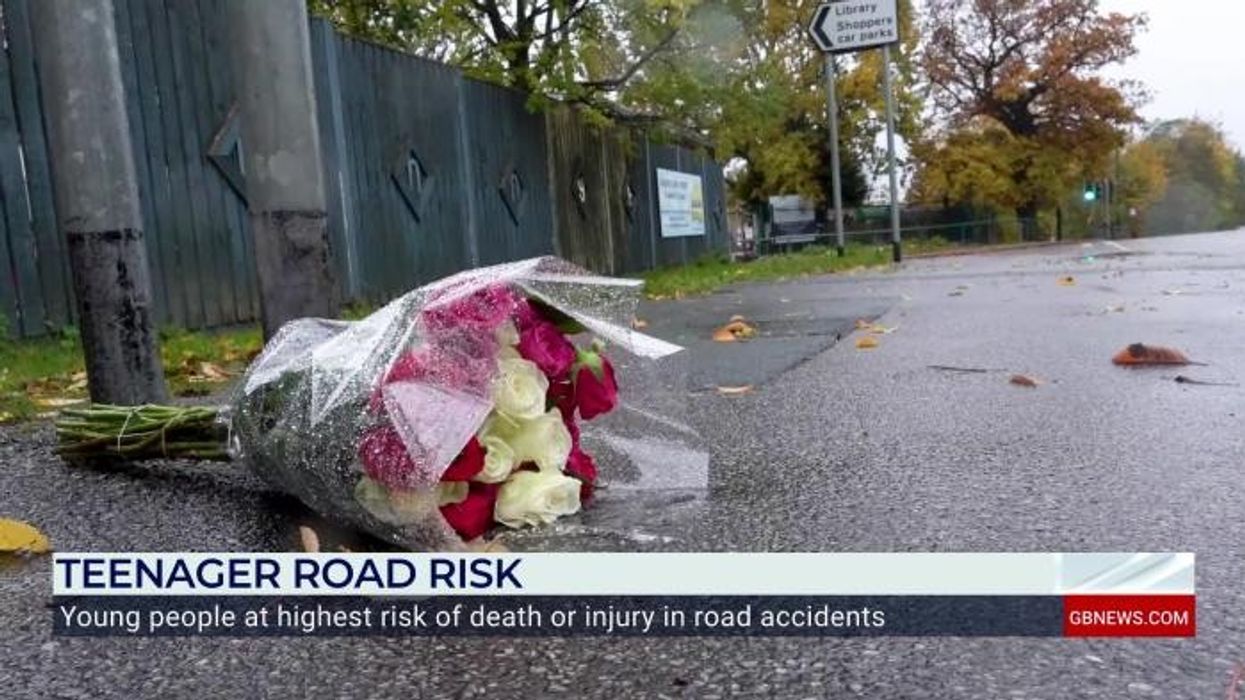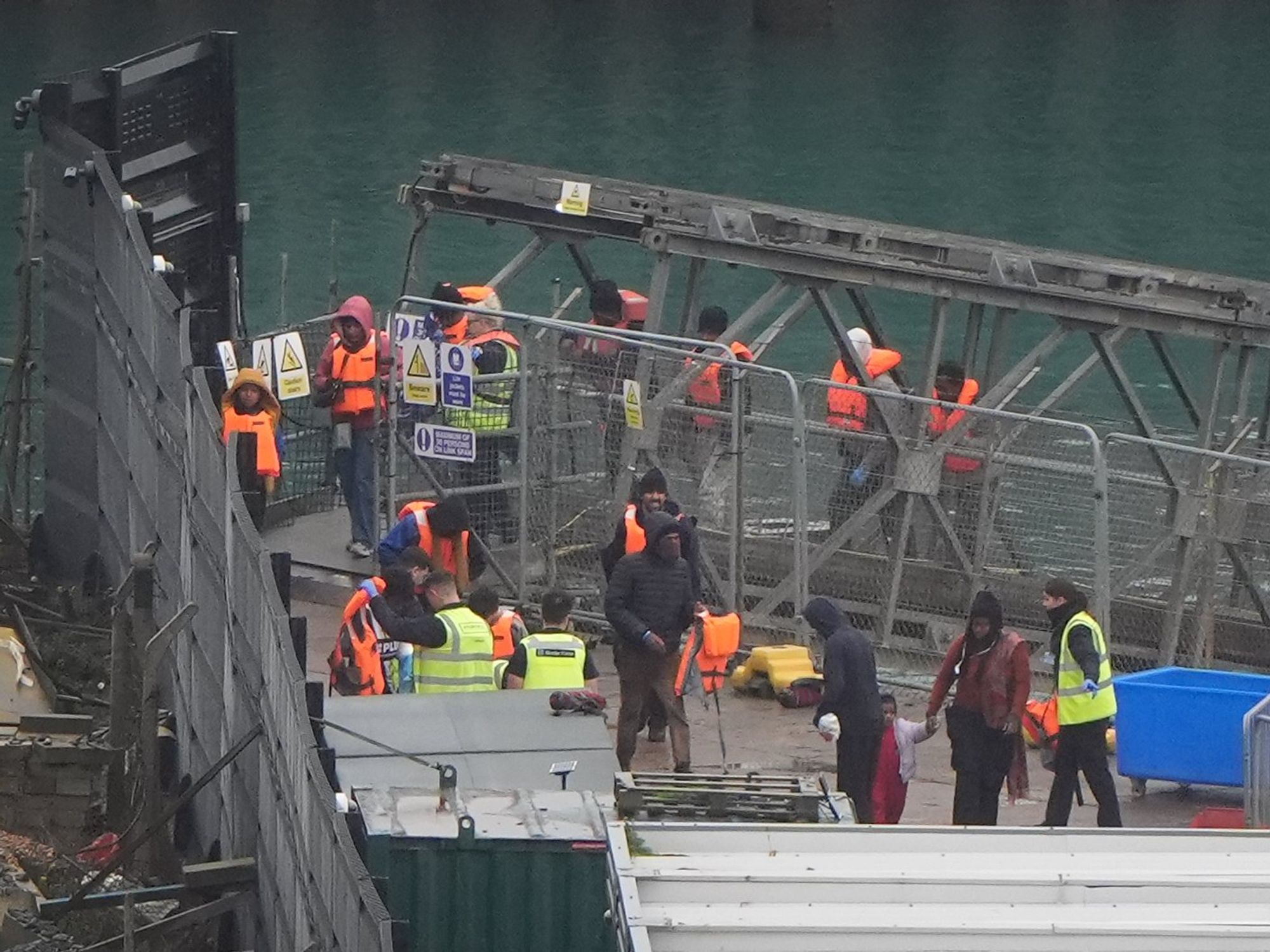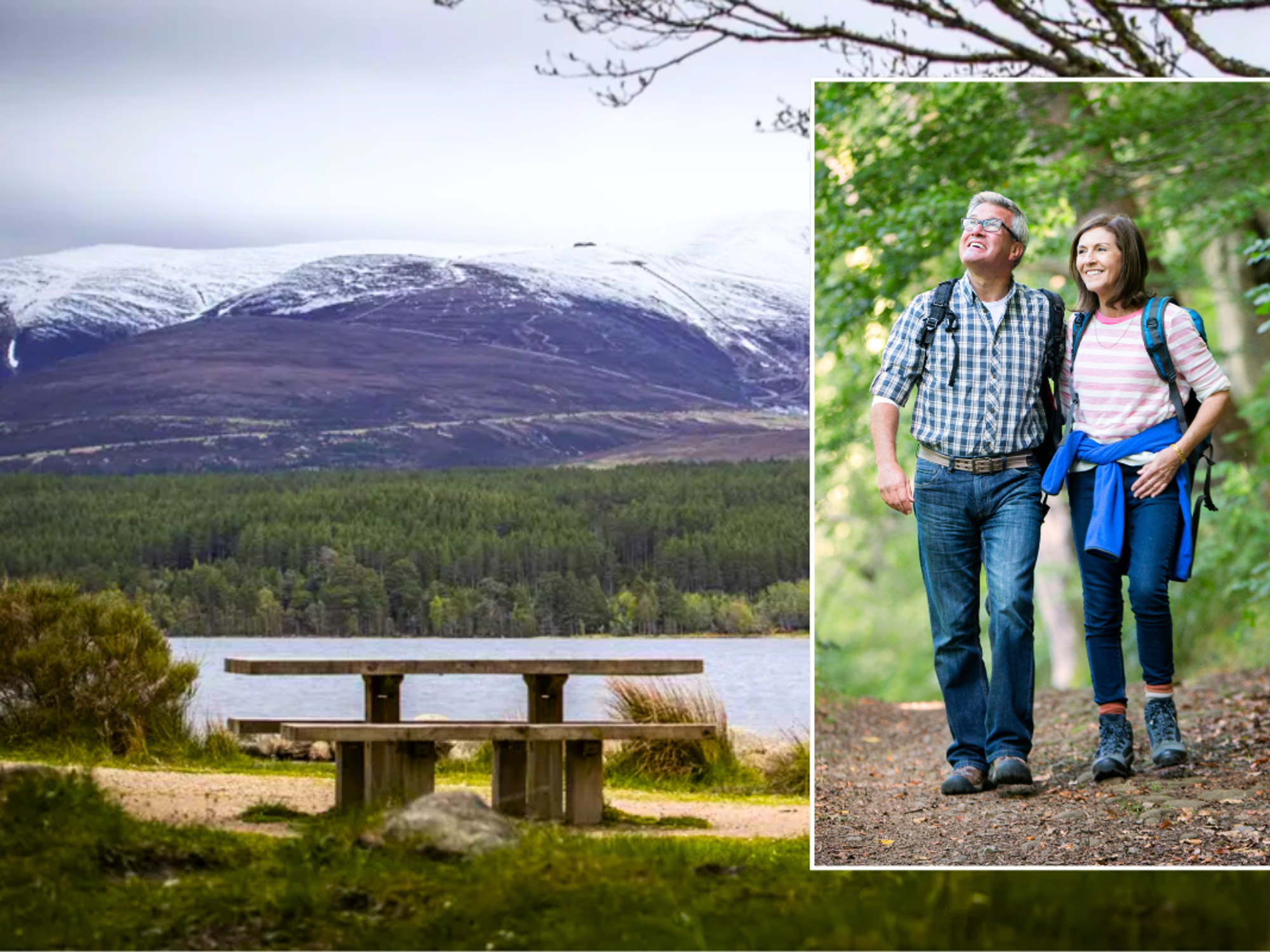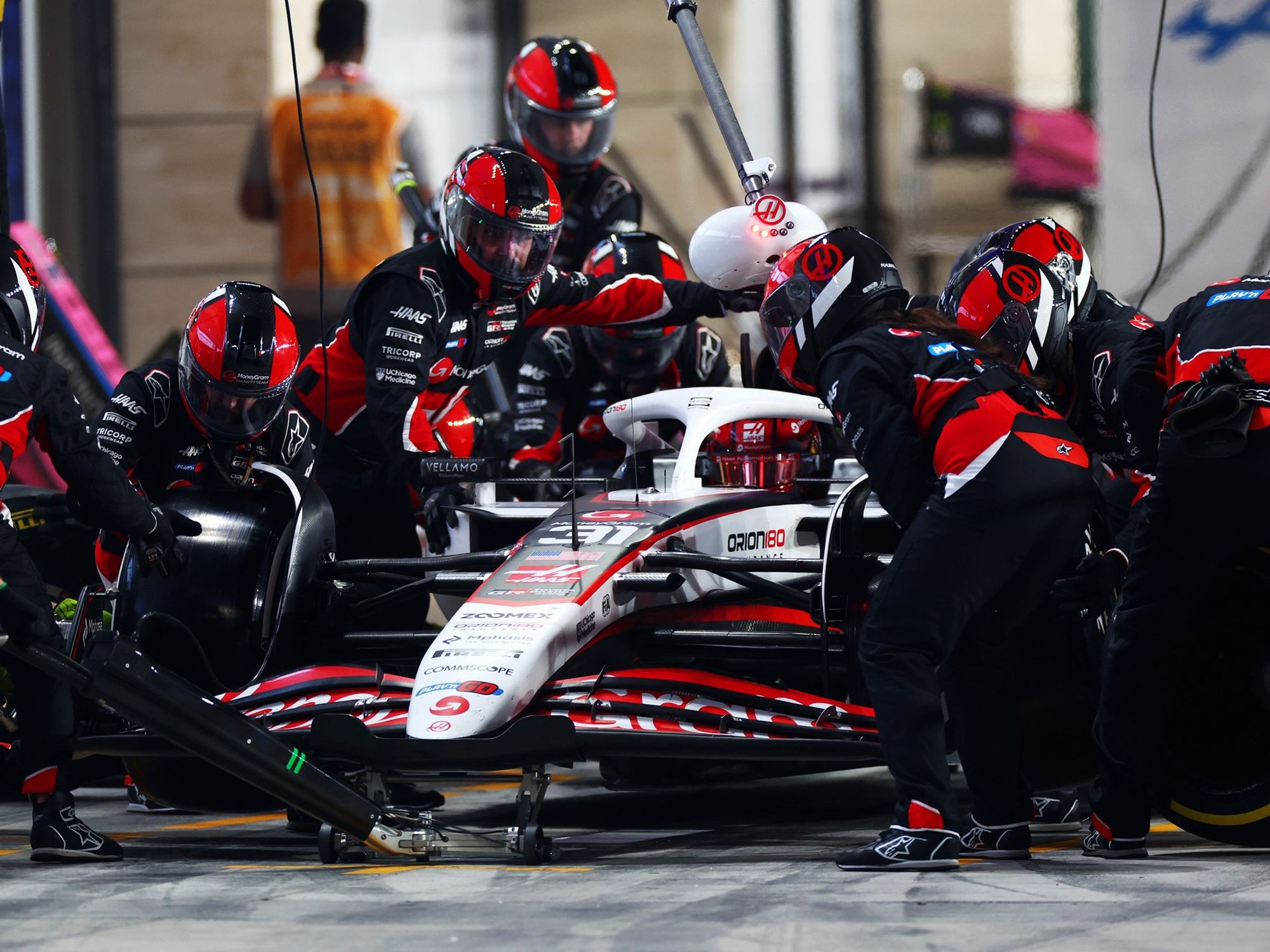Millions of drivers in serious danger from 'hidden' motorway issues amid calls for new laws

'We wouldn't accept that level of risk anywhere else on our roads and we shouldn't here either'
Don't Miss
Most Read
Latest
Experts are calling for urgent action to stop the continued reuse of existing road barrier and parapet anchors, warning that the practice could be putting lives at risk.
A new report has highlighted that many road barrier anchors were installed over 30 years ago, with most dating from the 1980s and 1990s, and some from the 1970s.
While National Highways has invested significantly in upgrading barriers across the strategic road network over recent decades, experts warn that the original carbon steel fixings remain in place despite the visible infrastructure being modernised.
These stainless steel anchors are vital safety components, responsible for transferring crash impact forces into the supporting structure when a vehicle collides with it.
Do you have a story you'd like to share? Get in touch by emailing motoring@gbnews.uk
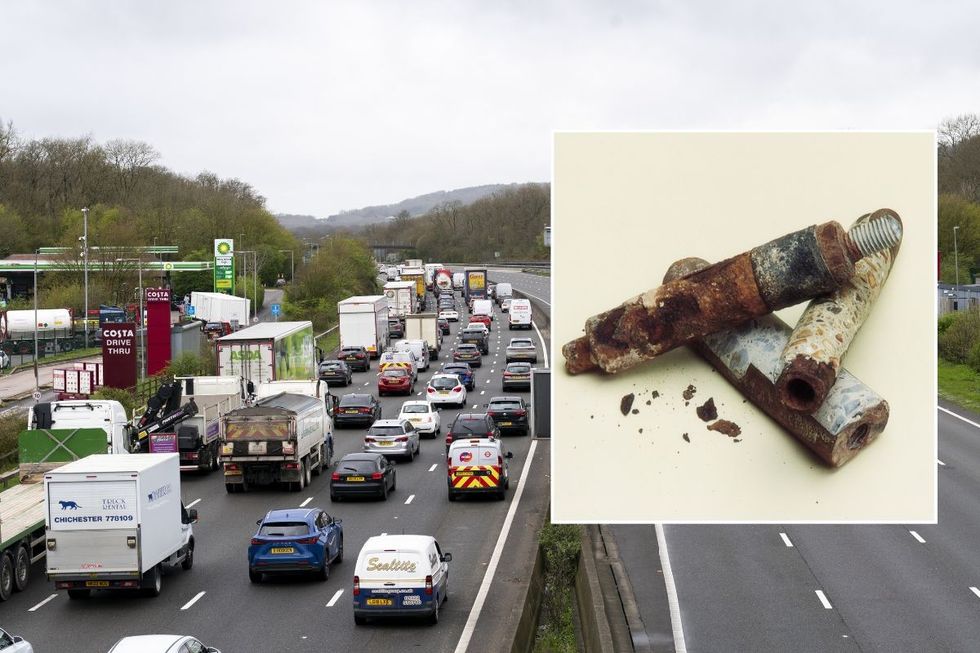
Some road barrier anchors have been in place since the 1970s, experts have warned
|PA/SSR LIMITED
Modern vehicles, particularly electric vehicles, are heavier and place much greater stress on barrier systems and their fixings than they were originally designed to handle.
Despite these risks, experts say many anchors are still reused without full structural checks or proof of long-term safety.
Paul Abbott, Director at SSR Limited, a UK specialist in anchoring systems and structural safety, said the reuse of ageing anchors was not a theoretical concern.
He said: "The continued use of undocumented or ageing anchors represents a hidden but serious failure in road safety governance.
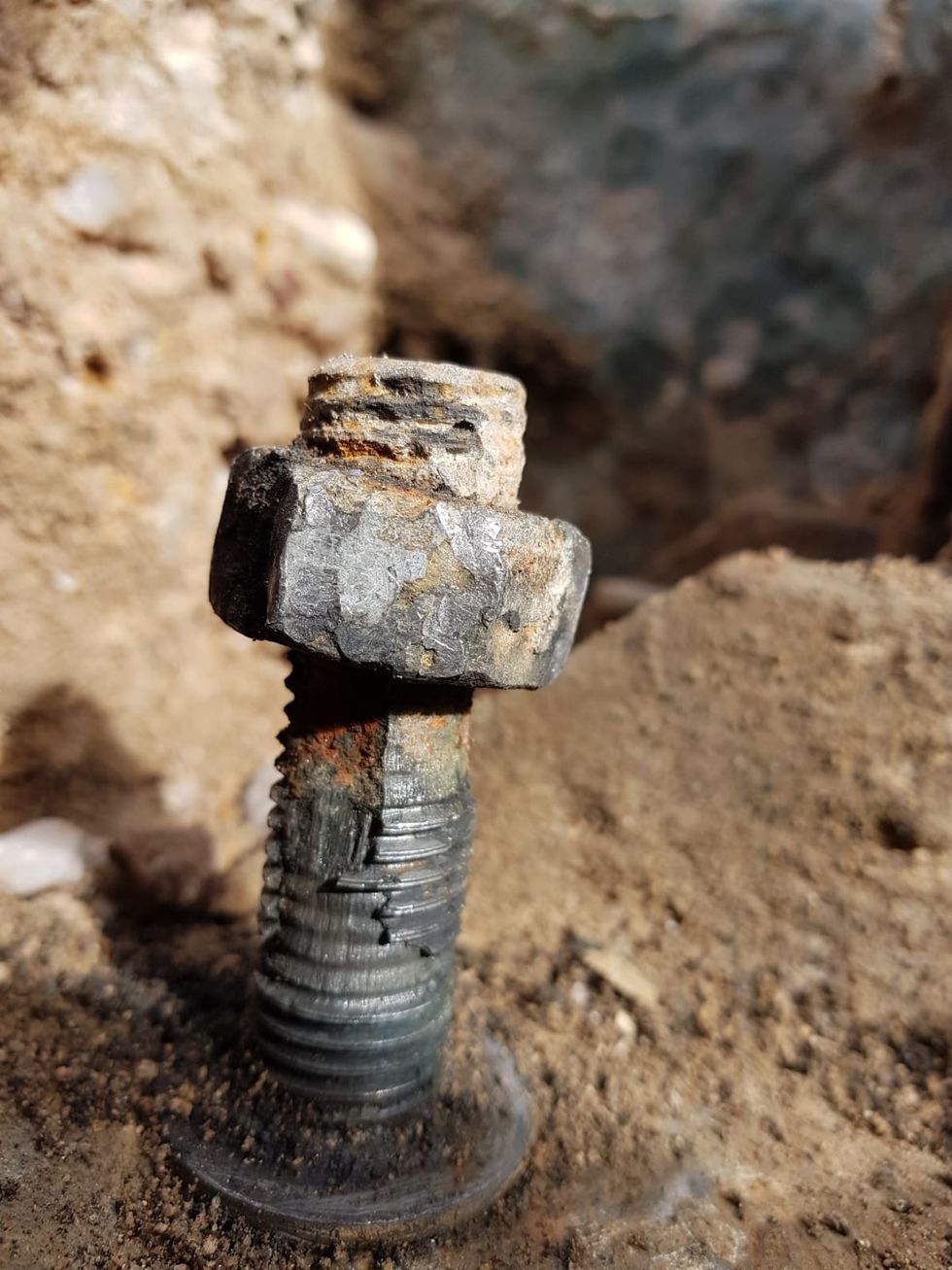
Experts are calling for urgent action to protect motorists
|SSR LIMITED
"These anchorage systems are the unseen foundation of crash protection, yet many are decades old, corroded and incompatible with today's safety standards. We wouldn't accept that level of risk anywhere else on our roads and we shouldn't here either.
"You can install a new parapet, but if it's still bolted into a rusty anchor from 1985, you haven't upgraded anything - you've just given it a facelift."
In 2018, the Scottish Court of Session held the Highland Council liable for the death of David Bowes, who drowned after crashing into a defective bridge parapet.
Although the driver lost control, the court found the council had prior knowledge of the parapet's defects and failed to take interim safety steps that could have saved his life.
LATEST DEVELOPMENTS:
The Design Manual for Roads and Bridges permits old anchors to be reused, but only if appropriate checks are carried out according to the guidance.
Transport Scotland takes a stricter approach, allowing old anchors to be reused only if their strength is fully proven through full checks, material testing and engineering judgement.
In 2023 alone, 1,695 people were reported killed and over 139,000 injured in road collisions across the UK.
However, campaigners highlight that there are no national statistics collected on barrier or anchor failures in road traffic collisions, meaning the true contribution of infrastructure weakness to fatal or serious injuries remains unknown.
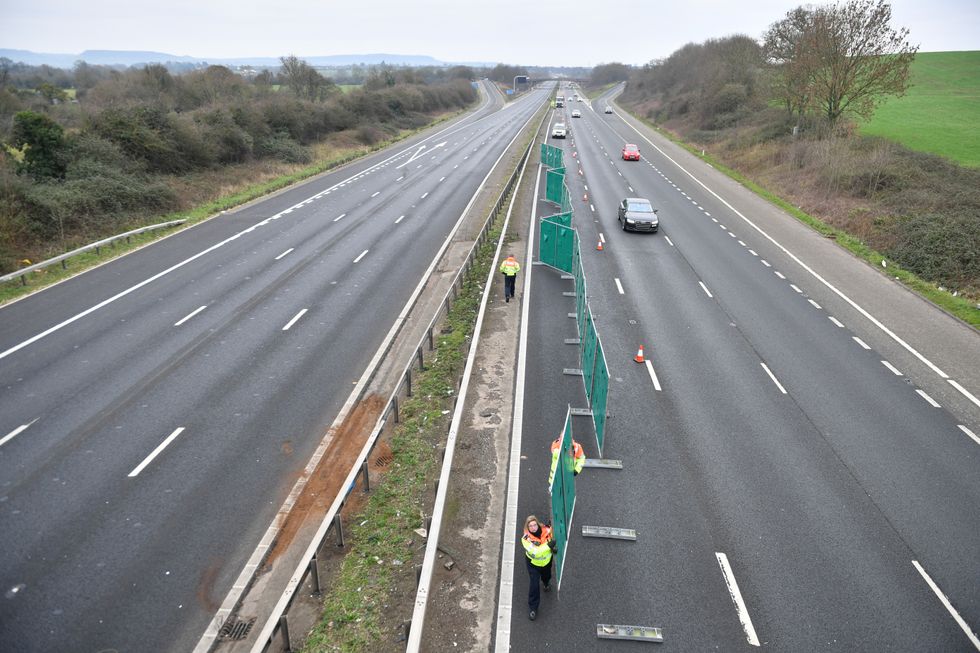
Analysis suggests that drivers could be at even greater risk if they crash their vehicles on the motorway
|PA
Campaigners are now calling for stricter assessment before reusing old anchors, with old fixings only retained if they pass full structural checks. They argue for a consistent, UK-wide approach aligned with practices already used in Scotland to ensure long-term safety.
The campaign also calls for barrier performance to be investigated after crashes, as anchor integrity is rarely examined after serious collisions.
John Addy, Fellow of CIHT and ICE, National Highways Accepted Assessor and Chartered Civil Engineer, said: "This is a safety-critical issue, and I fully support the effort to bring greater visibility to the risks.
"In my view, the standards as written already require anchor replacement and treating the parapet as an end-to-end system - including the anchorage - is essential for legal and technical compliance."


